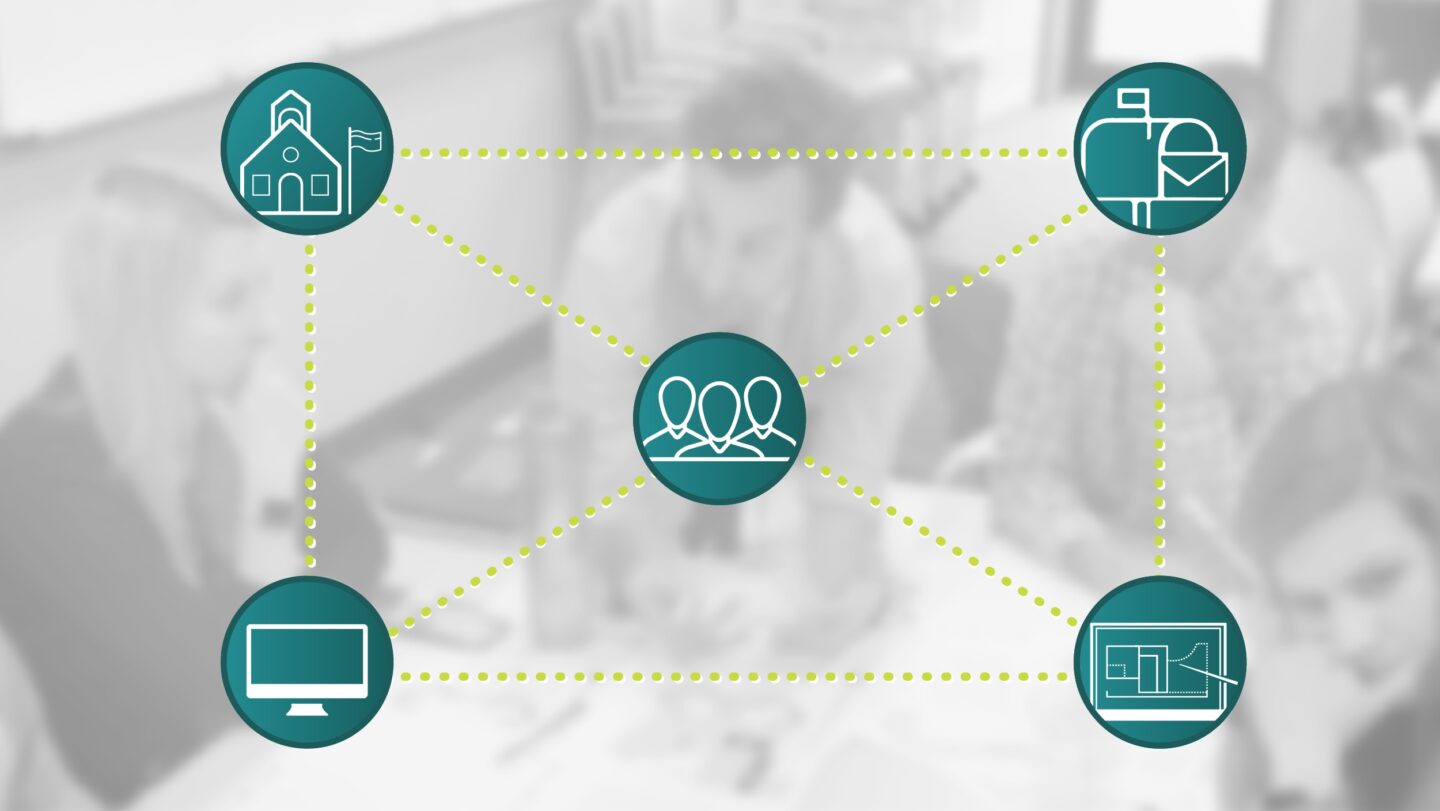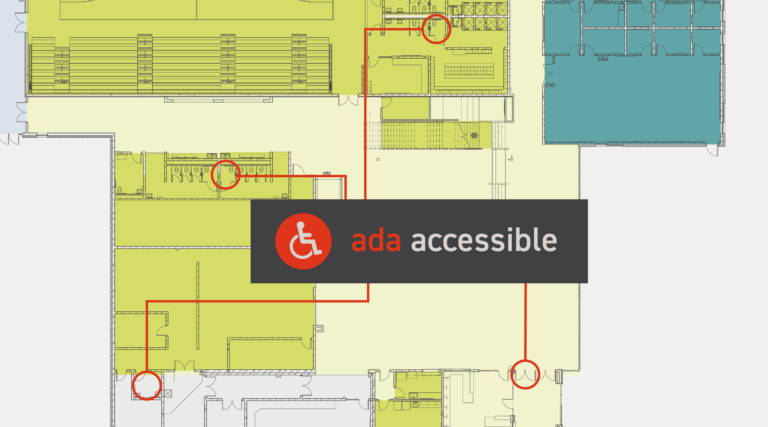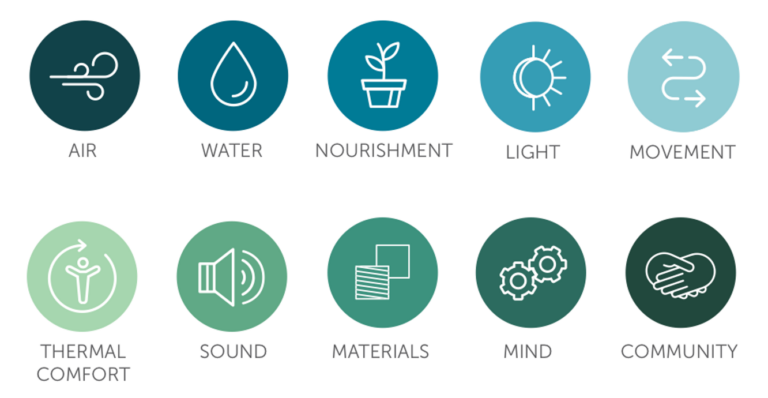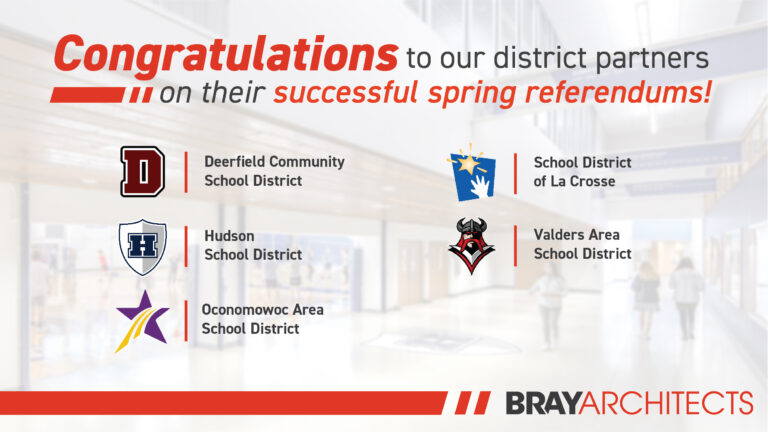School districts are an integral part of the communities they serve. In fact, many would say that they are the heart of a community. Schools have an invaluable impact on students, staff, and the greater community, and the resources they provide are so important. Therefore, it is critical for districts to engage with their communities.
Engagement is a key component in building and maintaining trust and helping districts understand how to best meet the needs of those they serve. However, its importance has become more evident as districts have had to navigate unforeseen challenges that create new barriers to open dialogue and authentic engagement.
No matter how teaching and learning are delivered, school facilities remain an essential part of communities. Having guided hundreds of school districts through engagement efforts and communication campaigns our team has a strong understanding of what it takes to successfully engage your community, both now and in the future.
Below are five tips to help your district engage and inform your community about facility plans:
- Be flexible. If we have learned anything over the past year, it’s the need to be flexible. Revisit your communication plans and adapt, if needed. Although in-person engagement may seem ideal, districts have found great success in utilizing virtual platforms and digital tools to stay engaged and keep community members informed of facility planning efforts. Be sure to utilize existing communication vehicles, too, and don’t forget – direct mail is still a key tool in delivering your message to all district residents.
- Be consistent. Once you develop your key messages, don’t stray from them. Consistency is key to ensure clarity and understanding of facility needs, solutions, and costs. Preparing Frequently Asked Questions (FAQs) is another great way to ensure consistency and transparency among key district leaders.
- Be transparent. It is important that your communication is clear and honest. Celebrate successes, but also be sure you don’t hide the facts. It is better to be transparent and communicate your key messages clearly to ensure your information is not misleading or confusing. If you don’t have an answer to a question, let community members know that you will connect with your trusted advisors and provide an answer in a timely fashion.
- Be available. Provide opportunities for community members to engage, learn more, and ask questions. Offer informational meetings, Facebook Live Q+A, etc. Seek out civic and community groups to see if you can get on their agendas. Coffee chats at a local establishment is another great way to be available and approachable.
- Be you. You know your community, parents, and staff best. Remember to engage your community at a level that makes sense for your district and listen to the feedback received. Every district is different. It’s important to strike a balance of informing, but not inundating, to ensure your message is being delivered and heard.
As a leading planner and designer of K-12 schools, Bray Architects has unmatched experience leading, facilitating, and engaging communities regarding facility needs and potential solutions. If you are in the facility planning process or preparing for a referendum and need a trusted advisor to help guide you through the process, please reach out and connect with us.
-Ali Nolan



